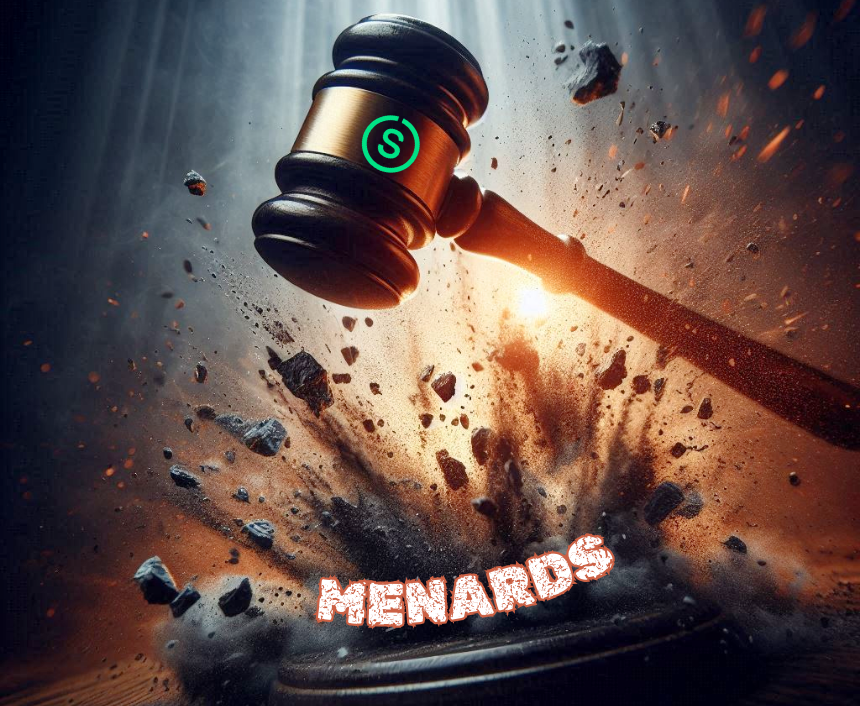Irony Unfolds as Menard Faces Accusations of Eleventh-Hour Filings by Signify
In a recent twist in the ongoing legal battle between Signify North America Corporation (Signify) and Menard, Inc. (Menard), the tables have turned as Signify now accuses Menard of employing last-minute tactics that Menard had previously attributed to Signify. This ironic development is central to Signify’s motion to strike portions of Menard’s and the Third-Party Defendants’ invalidity expert reports. This motion, filed on 16 MAY, in the United States District Court for the Western District of Wisconsin, argues that Menard’s recent submissions introduce new invalidity theories and references that were not disclosed in their earlier contentions, thereby prejudicing Signify’s case.
Background of the Legal Dispute
Signify filed a lawsuit against Menard, alleging that Menard had infringed on multiple patents held by Signify. These patents cover various technologies related to lighting systems and components. In response, Menard, along with several Third-Party Defendants, presented invalidity contentions, aiming to prove that Signify’s patents were invalid and thus unenforceable.
Menard’s Alleged Eleventh-Hour Tactics
In a dramatic turn of events, Signify now claims that Menard and the Third-Party Defendants have introduced numerous new invalidity theories in their expert reports, which were not previously disclosed in their invalidity contentions. Specifically, these new theories include reliance on previously unmentioned prior art references, new anticipation and obviousness grounds, and different embodiments within existing references. These tactics, according to Signify, mirror the very behavior that Menard had accused Signify of earlier in the litigation—submitting crucial documents at the last minute.
Details of Signify’s Motion to Strike
Signify’s motion outlines several key points of contention:
- Reliance on New References: Menard’s expert reports introduced new references, such as DE ‘197 and others, that were not identified in the invalidity contentions. For example, Dr. John W. Curran’s report on the ’604 Patent relies on DE ‘197, which was never mentioned in the initial disclosures.
- New Invalidity Grounds: The expert reports also present new anticipation and obviousness theories that were not previously disclosed. For instance, Dr. Gary Eden’s report on the ’336 Patent includes new combinations of references and motivations to combine that were absent from the original contentions.
- Different Embodiments: Menard’s experts rely on different embodiments within references that were not cited in the invalidity contentions. This includes new interpretations and applications of prior art that Signify had no opportunity to address in their infringement reports.
The Irony and Legal Implications
Menard had previously accused Signify of similar last-minute disclosures, yet now faces accusations of engaging in the same behavior. This reversal highlights the complex and often contentious nature of patent litigation, where both parties seek to gain any possible advantage.
Signify argues that Menard’s tactics have caused significant prejudice, as the late introduction of new theories has left Signify with insufficient time to adequately respond. The court’s scheduling order emphasized the importance of early and complete disclosure of invalidity theories to avoid such situations. By allegedly disregarding these requirements, Menard has forced Signify to scramble to address new arguments and evidence, undermining the fairness of the litigation process.




